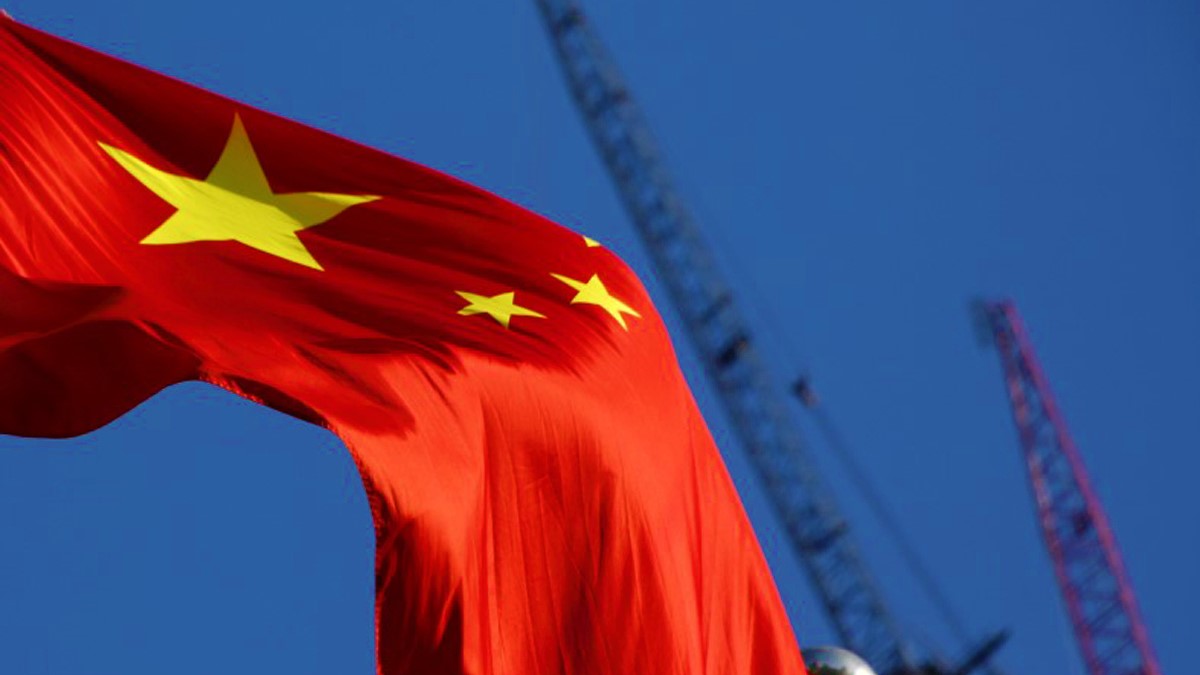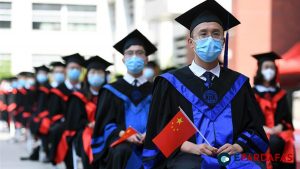
Poverty on the Rise in China: CCP’s Misleading Claims Exposed
Recent data has unveiled a grim reality behind China’s economic success story, casting doubt on the Chinese Communist Party’s (CCP) claims of poverty alleviation. Contrary to official assertions, poverty levels in China are escalating, affecting a significant portion of the population.
According to the World Bank, at China’s current income levels, more than 40 percent of its population lives in poverty, with a staggering 80 percent struggling under impoverished conditions. This contradicts the CCP’s narrative of lifting 800 million people out of poverty, a myth propagated to bolster its legitimacy.
The CCP’s historical economic policies have come under scrutiny, particularly in light of events like the devastating Great Chinese Famine of 1959, which claimed millions of lives due to misguided agricultural policies. It wasn’t until 1978, with Deng Xiaoping’s market reforms, that China began to see economic progress, albeit slow and uneven.
Despite China’s rapid economic growth, its GDP per capita remains significantly lower than developed nations, such as the United States, ranking 74th globally. The CCP’s poverty threshold, set at a mere $339.70 annually, obscures the true extent of poverty, as it falls far below international standards. Adjusting for realistic living costs, approximately 40 percent of Chinese citizens struggle to meet basic needs, with urban-rural disparities exacerbating the issue.
The plight of migrant workers, comprising nearly 300 million people, highlights another facet of China’s economic challenges. Despite contributing substantially to urban development, they face systemic barriers such as the hukou system, denying access to essential public services and social protections. The recent economic downturn has further marginalized these workers, pushing many into poverty without registering in official unemployment statistics.
Compounding these issues is China’s aging population, with an inadequate pension system unable to support retirees. The average pension payment of less than $24 per month leaves many elderly individuals destitute, with future projections indicating a worsening dependency ratio that threatens economic stability.
As poverty rates continue to rise, the CCP’s response has been criticized for exacerbating rather than alleviating economic disparities. Increased government intervention and redirection of funds from essential development projects to social welfare programs are likely to distort the economy further, undermining long-term growth prospects.
While the CCP persists in touting achievements in poverty reduction, independent analyses underscore a stark reality of increasing hardship for millions. As international scrutiny intensifies, questions loom over China’s ability to sustain economic growth while addressing widening income inequalities and systemic poverty.
In conclusion, the narrative of China’s economic miracle is marred by persistent poverty and misleading statistical claims, prompting a reevaluation of the CCP’s policies and their impact on the lives of ordinary Chinese citizens.













Comments